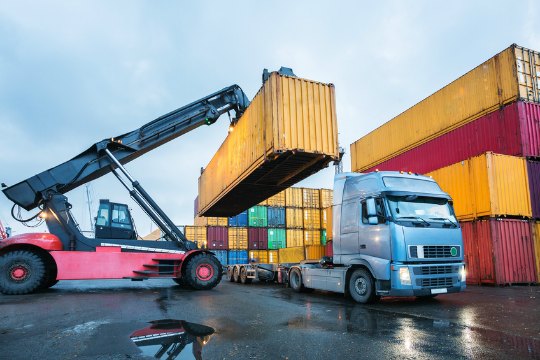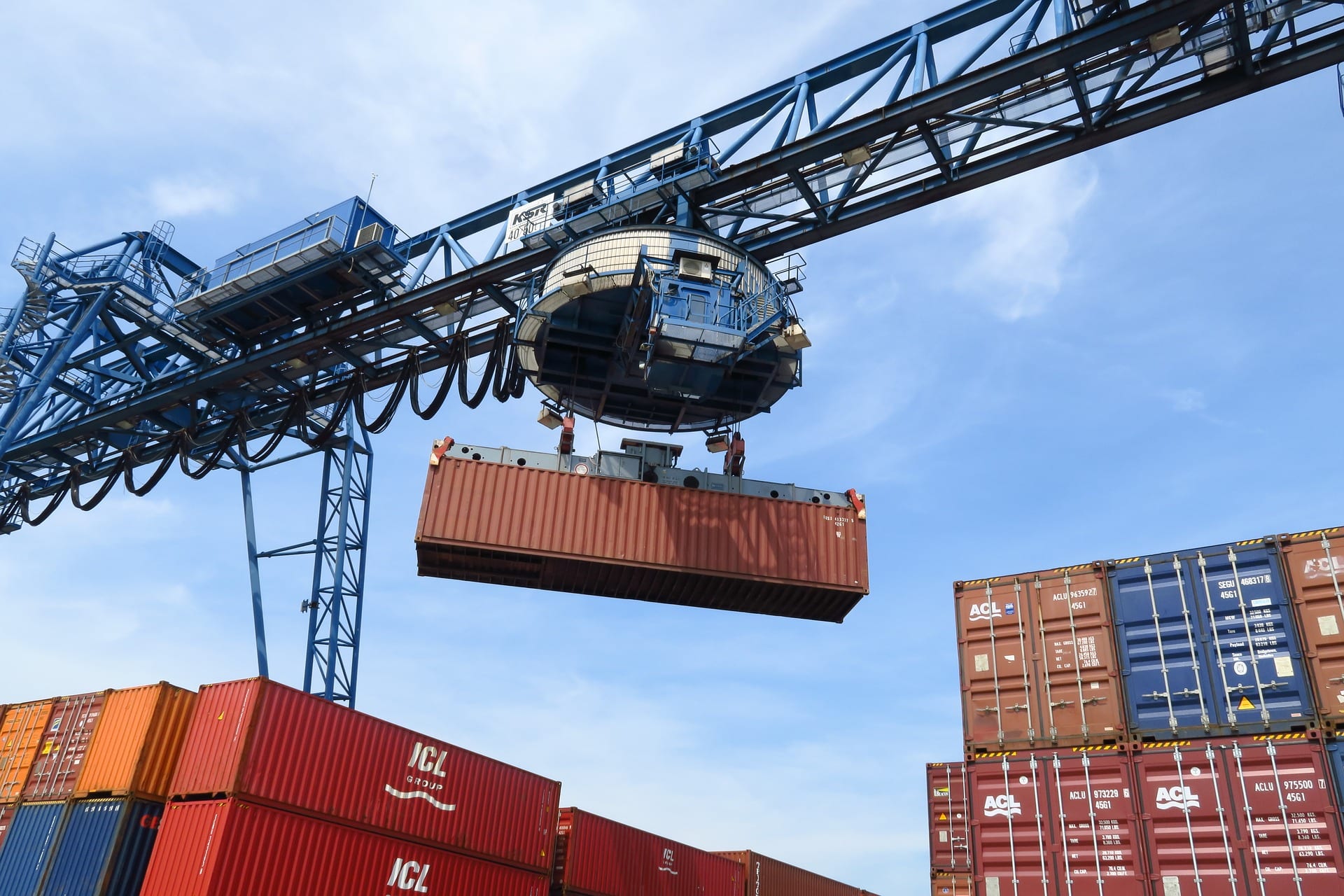Although complicated, purchasing a car from the Japan car auctions is only the first step. The next step is having it exported (what we do), either by RORO or container.
Due to the rising freight costs of RORO (roll on roll off) shipping, especially to Europe, a common choice of customers wanting to export their vehicles out of Japan now is to load them into containers and export them that way.
We are often quoted by customers that “another company has cheaper vanning costs than you”, with the misguided understanding that vanning is the only cost related to exporting a container. The price we quote customers is the total price, vanning, drayage and THC. The terms described below.
Containering terms:
Vanning

Vanning cars into a container for export involves the process of loading and securing vehicles inside a shipping container in preparation for international transportation. Here’s an overview of the steps involved in vanning cars into a container:
- Selecting the container: Choose an appropriate shipping container that can accommodate the size and quantity of cars to be loaded. Standard containers used for car exports are typically 20-foot or 40-foot in length.
- Securing and immobilizing: Use various methods to secure the vehicles inside the container, preventing movement and minimizing the risk of damage during transit. Common techniques include:
– Wheel chocks: Place wheel chocks around each wheel to prevent movement.
– Straps and ratchet ties: Use straps and ratchet ties to secure the vehicles to the container’s internal anchor points.
– Wooden blocks and braces: Place wooden blocks or braces between the vehicles and the container walls to create stability and prevent shifting.
- Protection and covering: Apply protective measures to prevent damage from vibrations, moisture, or other external factors:
– Plastic wrap: Cover the vehicles with plastic wrap or shrink wrap to protect them from dust and moisture.
– Protective padding: Use foam or blankets to cushion and protect the vehicles from scratches or impacts.
- Container sealing: After loading the vehicles and securing them properly, seal the container to prevent unauthorized access during transportation. Container seals are typically applied to the doors to indicate if the container has been tampered with.
- Container documentation: Record container details, such as the container number, seal number, and vehicle information, in the shipping documentation. This information is important for tracking and customs purposes.
- Container loading certificate: In some cases, a container loading certificate may be required to certify that the vehicles were loaded correctly and securely. This document may be requested by the shipping company or regulatory authorities.
Drayage

Drayage is the process of transporting shipping containers or cargo over short distances, typically from a vanning yard (where containers are loaded or unloaded) to the shipping lines’ yard or vice versa, often within the same port area.
Drayage services are typically provided by trucking companies or logistics providers specializing in container transportation. These companies operate trucks or specialized vehicles called drayage trucks or drayage carriers.
The drayage process involves picking up loaded or empty containers from the vanning yard, transporting them to the designated shipping lines’ yard or terminal within the port, and vice versa for incoming containers. Drayage plays a crucial role in the logistics chain, facilitating the movement of containers between different points within the port or to and from other transportation modes such as ships, rail, or warehouses.
It’s worth noting that the term “drayage” is primarily used in the context of container transport within port areas, and the specific details and practices may vary based on the location and logistics service providers involved.
THC

Terminal Handling Charges (THC) for containers are fees imposed by the terminal operator or port authority for various services related to handling containers at a port or terminal facility. These charges are typically levied on shipping lines, freight forwarders, or cargo owners and are meant to cover the costs associated with the terminal’s infrastructure, equipment, labour, and administrative expenses. Here are some key points about THC:
- Services Covered: THC fees encompass a range of services provided by the terminal operator, including:
– Receiving and inspecting containers upon arrival at the terminal.
– Handling and transferring containers within the terminal yard.
– Loading and unloading containers from trucks, rail, or vessels.
– Stacking and storing containers within the terminal.
– Documentation processing and administrative tasks related to container handling.
- Calculation and Payment: THC charges are typically calculated based on various factors, such as the container size (20-foot or 40-foot), the type of cargo, and the terminal’s specific pricing structure. These charges may be fixed or based on a per-container or per-weight basis. The responsibility for paying THC fees may differ depending on the shipping terms agreed upon between the buyer and seller, such as Free on Board (FOB) or Cost, Insurance, and Freight (CIF).
- Exclusions: It’s important to note that THC fees usually cover container handling services within the terminal but may not include other port-related charges, such as customs fees, port entry charges, or storage fees beyond a certain period. These additional charges may be billed separately.
- Variations by Port and Terminal: THC charges can vary between ports and terminals, as different facilities may have unique cost structures, infrastructure investments, and operational requirements. The fees may also differ based on the geographical location, level of congestion, local regulations, and competition among terminal operators.